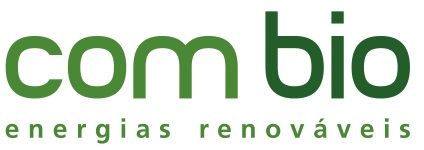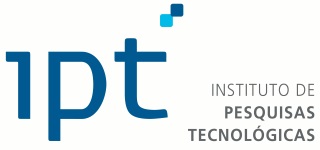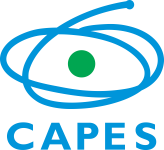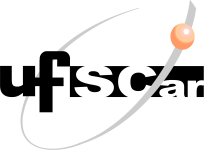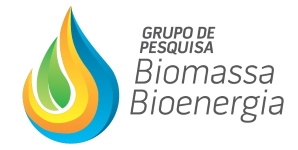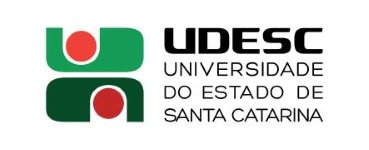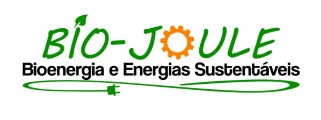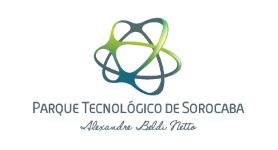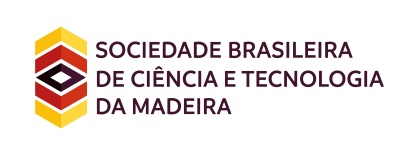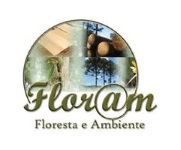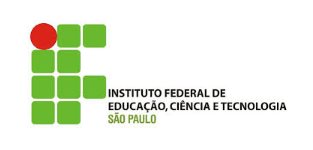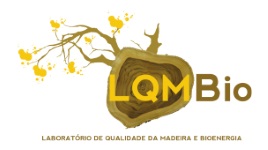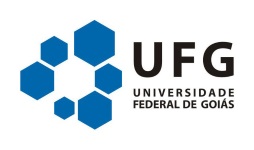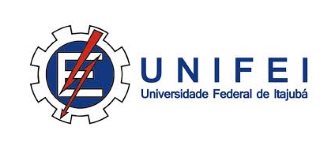ACUTODESMUS OBLIQUUS CULTURE USING GLYCEROL AS EXTERNAL CARBON SOURCE TO INCREASE LIPIDS PRODUCTION: EXPERIMENTAL AND MATH MODEL
01 - Algae
 1 PRISCILA PAOLA DARIO, 1 JOHANA GUADALUPE BLANCO MARTINEZ, 1 FABIANA ROSA, 1 WELLINGTON BALMANT, 1 JOSE VIRIATO COELHO VARGAS, 1 ANDRÉ BELLIN MARIANO
1 PRISCILA PAOLA DARIO, 1 JOHANA GUADALUPE BLANCO MARTINEZ, 1 FABIANA ROSA, 1 WELLINGTON BALMANT, 1 JOSE VIRIATO COELHO VARGAS, 1 ANDRÉ BELLIN MARIANO
1 UNIVERSIDADE FEDERAL DO PARANÁ
Microalgae have potential to third generation biofuels production, it may partially substitute fossil biofuels. Therefore, microalgae can be cultivated in different medium, where it can have diverse lipids, carbohydrate and proteins concentration to biofuels production. Studies use glycerol as a carbon source to increase the lipids that are used in the biodiesel production. Thus, this work aims to evaluate an experimental and mathematical model of Acutodesmus obliquus microalgae lipids and cell growth in two culture mediums, one using CHU in autotrophic medium and other using a mixotrophic medium with glycerol as external carbon source. Initial 200 cell.mL-1 from Acutodesmus obliquus was inserted in 6 samples erlenmeyer with 2 L volume each, using autoclaved CHU medium. It was increased in three simple 5 g of glycerin. The culture period was 9 days, with airflow rate 1 L.min-1 and constant light incidence 2700 lumens, at 22±2 ºC. Lipids are quantification using Folchand at al., method in 1957 modified by Hosseini at al., in 2015. The microalgae growth was analyzed with cell count and gravimetric measurement of dry biomass. Results obtained in the experiments and math model show that high microalgae growth and lipids production was in mixotrophic medium using glycerol. Then, it concludes experimentally and mathematically that the used glycerol can be efficient to increase lipids production for this microalga.
Keywords: mathematical model, acutodesmus obliquus, lipid production.
Acknowledgments: This work acknowledges the NPDEAS Laboratory at UFPR and CAPES.
